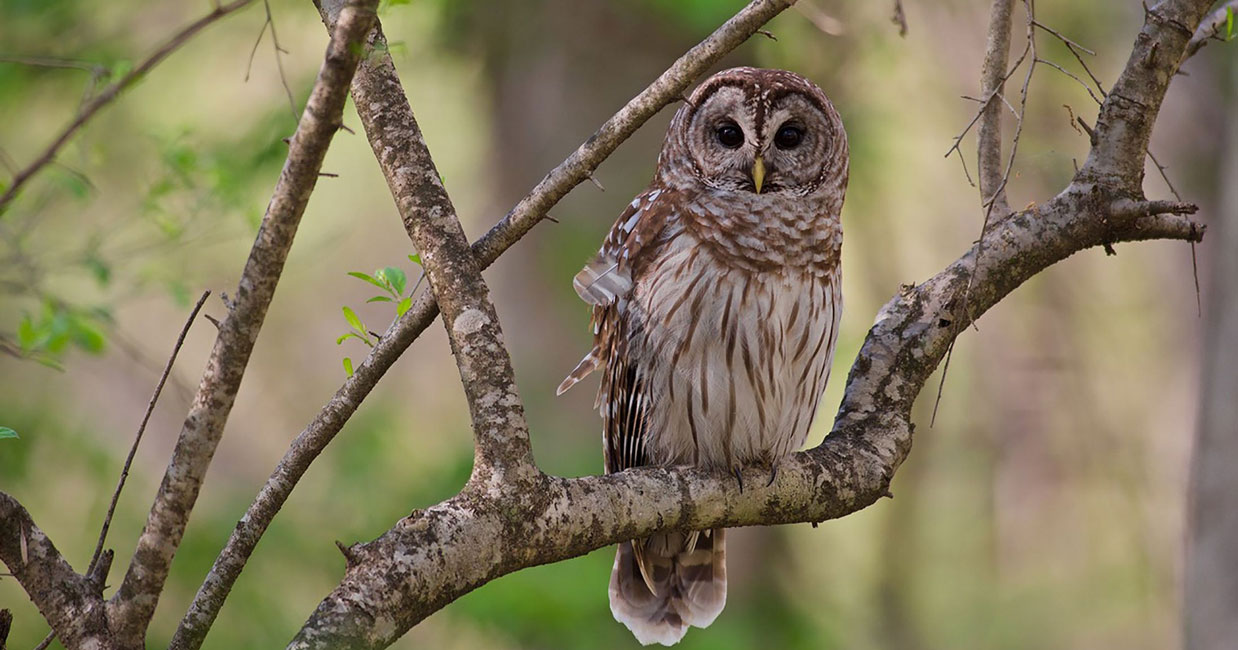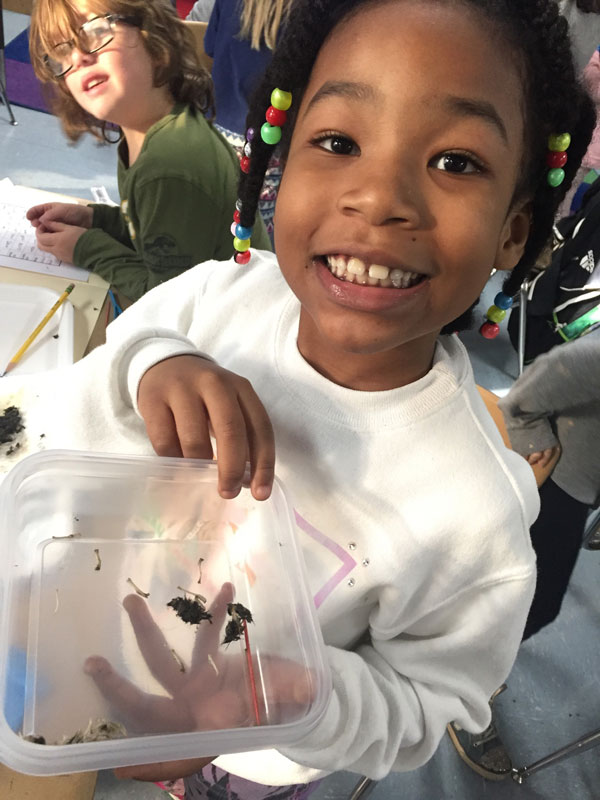Flower Hill Primary School second grade dual language program students have been learning about the Earth’s habitats and the youngsters have been fascinated every step of the way.
Teacher Arlette Epstein’s students have been on an adventure, studying habitats across the globe. They’ve also been learning about a variety of plant and animal adaptions that permit organisms to survive in their environments.
Lessons on the deciduous forest were particularly exciting because the students had an opportunity to dissect real owl pellets and identify the bones found. “So much was learned from this activity, including what barn owls eat, the relationship between a predator and its prey and why it is important to study what animals eat,” Ms. Epstein said. “The bones will be sorted by the students and displayed.”
Ms. Epstein holds an undergraduate degree from SUNY Regents College and graduate degrees from LIU-CW Post College and St. John’s University. She has worked in the district since 2007.
“Owls are intriguing birds that easily capture the attention and curiosity of birders,” according to the Audubon Society’s website. Flower Hill second grade dual language students couldn’t agree more as they were captivated by the feathery creatures.
Audubon Society owl fun facts include:
- Many owl species have asymmetrical ears. When located at different heights on the owl’s head, their ears are able to pinpoint the location of sounds in multiple dimensions.
- The eyes of an owl are not true “eyeballs.” Their tube-shaped eyes are completely immobile, providing binocular vision which fully focuses on their prey and boosts depth perception.
- Owls can rotate their necks 270 degrees. A blood-pooling system collects blood to power their brains and eyes when neck movement cuts off circulation.
- Owls hunt other owls. Great Horned Owls are the top predator of the smaller Barred Owl.
- The tiniest owl in the world is the Elf Owl, which is 5-6 inches tall and weighs about 1½ ounces. The largest North American owl, in appearance, is the Great Gray Owl, which is up to 32 inches tall.
- Barn Owls swallow their prey whole - skin, bones, and all - and they eat up to 1,000 mice each year.
- Northern Saw-whet Owls can travel long distances over large bodies of water. One showed up 70 miles from shore near Montauk, New York
- Not all owls hoot! Barn Owls make hissing sounds, the Eastern Screech-Owl whinnies like a horse, and Saw-whet Owls sound like an old whetstone sharpening a saw.
- Owls are zygodactyl, which means their feet have two forward-facing toes and two backward-facing toes. Unlike most other zygodactyl birds, however, owls can pivot one of their back toes forward to help them grip and walk.


